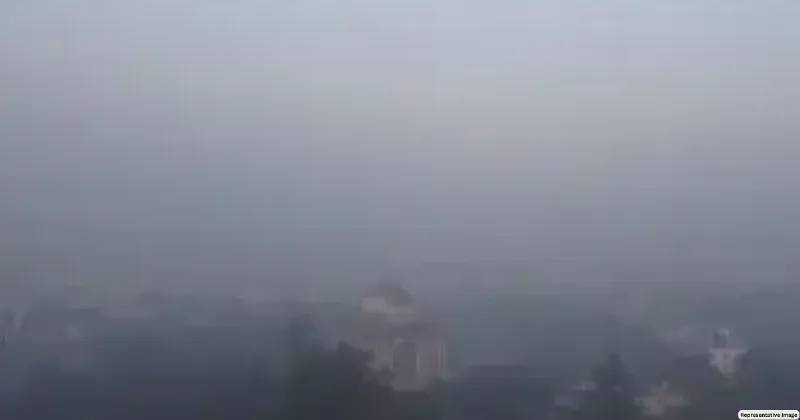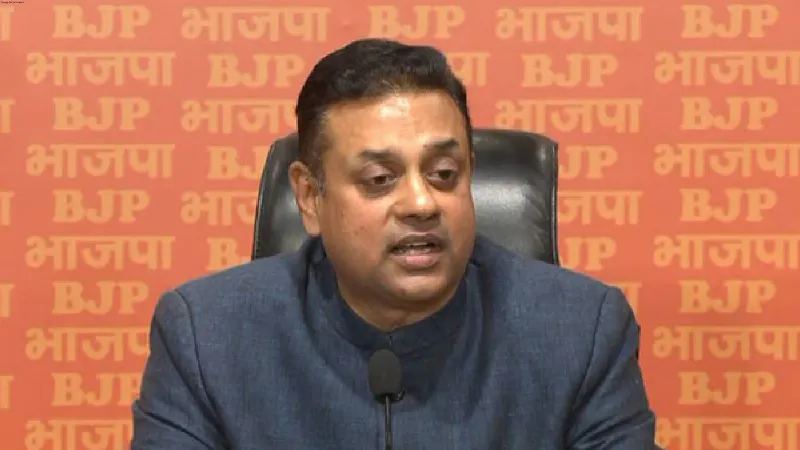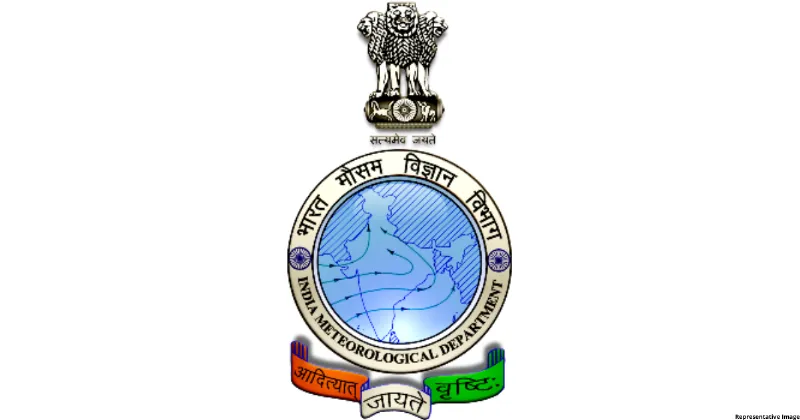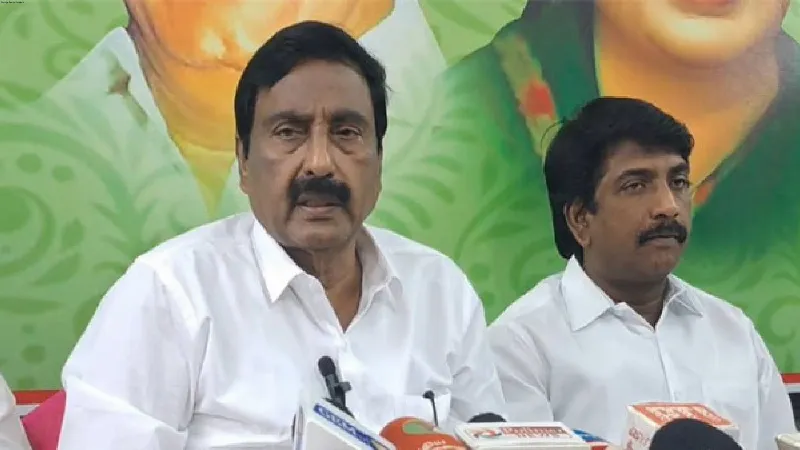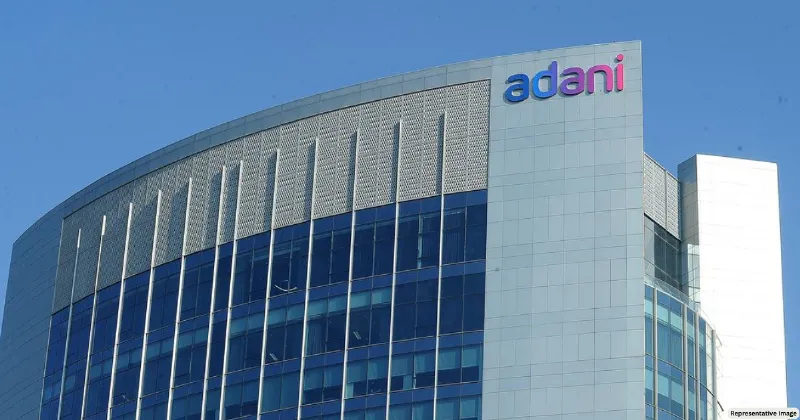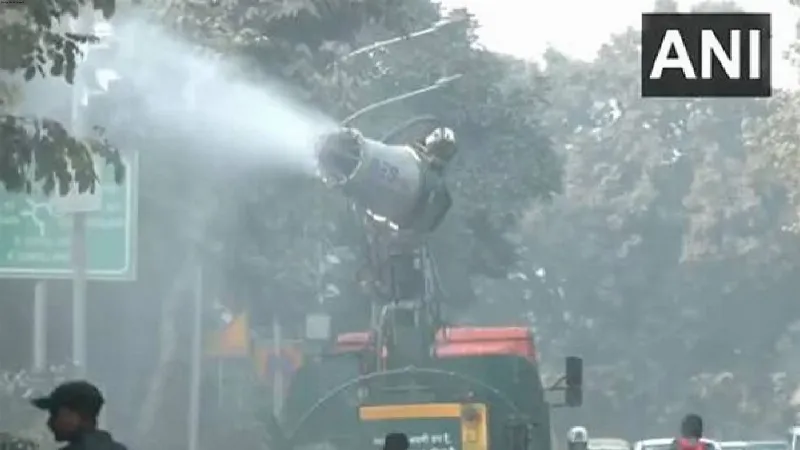Latest News
Rising Seas, Vanishing Lands The Ever-growing Coastal Flooding Threat to India’s Financial Capital Edges Closer
.png)
Ever thought about that sinking feeling? Imagine this. You are lounging in your lavish home on the Mumbai seaface, enjoying the view of the sea on a monsoon morning. Suddenly, the waves swell and start getting dangerously close to the streets, surpassing the tripods. Before you know, its crashing on the streets, and now its near your doorway. As you sit up and take notice of your beautiful morning turning into an imminently fatal painting, things start getting worse.
Reads just like one of those movies like ‘2012’, right? However, this is not fiction. As Mumbai grapples with its unprecedented population burst, it has stood out as a severely threatened city along the western coast of India. Why? The bulk of the coastal zones around the financial capital have witnessed the highest amount of erosion as revealed after the Union Environment Ministry presented stunning statistics on ecological challenges impacting India's coastal regions before the Rajya Sabha earlier this month.
The National Centre for Sustainable Coastal Management, Chennai had undertaken shoreline change studies using satellite data from the past 38 years, identifying locations badly impacted by erosion. In Mumbai, the coastline along the Mahul village towards the eastern suburbs shrunk by 146.16 metres (the most for any location across Maharashtra). Other areas in the Mumbai Metropolitan Region include Bandra (30.8 metres), Colaba (28.9 m), Parel-Sewri (27.8 m), Trombay (46.8 m), Vasai (38.3 m), Erangal (22 m), and Nhava (25 m) witnessed marginal to substantial shoreline changes due to erosion.
When the actual sediment movement or beach building process is disrupted by a variety of human or natural activities (waves, tides, currents, storm surges), that region becomes degraded. Despite seasonal fluctuations leading to erosion, cumulative changes over time are concerning, and steps must be taken to address the problem. Erosion or accretion has further accelerated under the impacts of climate change.

Shrinking spaces by 2050 in Mumbai
Taking it a step further, increased erosion puts infrastructure in jeopardy, and when paired with the prospect of rising sea levels, it becomes much more so. According to a study conducted by Noida-based IT consulting firm RMSI (based on Intergovernmental Panel on Climate Change reports) for six major coastal cities in India, by 2050, a large portion of the people, property, and infrastructure would be at risk of submersion due to rising sea levels.
Rising sea levels may drown portions of Mumbai's essential road and infrastructure by 2050, including parts of the Western Express Highway, the Bandra-Worli Sea-Link, and the Mumbai Coastal Road Phases I and II, which are currently being developed.
Mumbai’s erosion to be addressed only after key infra ready
The Maharashtra Shoreline Management Plan (MSMP) 2017, a document that looked at the extent of coastal erosion, could be amended this year as per government sources to account for new changes (due to erosion) throughout the state’s 720-kilometre coastline.
The MSMP evaluates natural coastal processes, land use, and environmental details for coastal developments, and this time will include the direct effects of sea-level rise. While soft and hard solutions for coastal preservation will be implemented in Maharashtra's coastal districts such as Palghar, Raigad, and Ratnagiri, the MMB has not yet prepared specific measures for Mumbai. This is due to the fact that a variety of infrastructure projects, such as the Coastal Road, are altering the city's coastline setting. An official stated that once these are completed, a strong coastline protection mechanism would be developed.
Meanwhile, the State Cabinet has also cleared a $65 million proposal Sustainable Shoreline Protection Project, which is part-funded by the Asian Development Bank (as a loan) and part by the Maharashtra government. The new MSMP 2022 will be developed under this project.
The CRZ Conundrum
The Coastal Regulation Zone (CRZ) notice was issued by the Ministry of Environment and Forests in 1991 under the Environmental Protection Act, 1986, to regulate activities in India's coastal zones. The legislation has been revised multiple times since then, most recently with the CRZ 2019 notification.
As highlighted by Mumbai-based group Conservation Action Trust, coastal zone management plan (CZMP) maps for Mumbai city and suburbs produced recently failed to include all CRZ IA (most environmentally sensitive areas such as mangroves, beaches, creeks, mudflats, etc) categories, and there is no distinction between mangroves and mudflats. Similarly, the CRZ IB categories are merged, with no distinction made between beaches, rocky outcrops, and the intertidal zone. The final CZMP maps do not include the coastal village boundaries that were depicted on the draft maps.
Restrict construction in Mumbai’s low-lying areas
Low-lying locations, in comparison to high places, would see a direct and immediate impact, according to RMSI's research. Building in Mumbai's low-lying regions should be suspended immediately, according to the Mumbai Climate Action Plan (MCAP), launched in March this year, to limit the risk of erosion and sea-level rise. In addition, the plan, over the next eight years, calls for improving data monitoring and consistency to close gaps in local weather forecasting and tidal changes for sea-level rise, planning and implementing climate-proofing infrastructure, and, most importantly, empowering vulnerable communities to better understand and integrate early warning systems.
The Mumbai Municipal Corporation, with the help of the forest department, plans to identify barren land along the city's shore, increase green cover for mangrove planting, and strengthen
a 'green wall' surrounding the city as a buffer against coastal inundation through MCAP. As a critical nature-based answer for the looming threat, this has to be expanded exponentially.
Three-Pronged Approach Needed before its too late
In view of the increased sea-level rise projections for 2050, RMSI has proposed that the Centre launch a project to create a new shoreline, inundation mapping, and disaster preparedness throughout the whole Indian coastline. All locations to the left of the new coastline (towards the ocean), whether residential, industrial, or infrastructural, must be moved once the new coastline mapping is ready. All the data should be included in a Decision Support System (DSS) to assist planners in relocating assets to the left of the new shoreline, planning new buildings in light of the latest flood risk maps, and determining plinth levels, basements, and other issues.
This DSS will also help predict the dangers of heavy rains and cyclones. In addition, all rivers and streams should have their water levels modelled, and locations at risk of permanent submergence marked. With this new reality, inundation mapping for Mumbai and other cities in danger from increasing sea levels becomes a top concern.
_1650638375.png)
HOW MUMBAI IS THREATENED, WHAT WILL BE SUBMERGED BY 2050?
RMSI's study calculated the exact areas, number of buildings, and key infrastructure that could be submerged in Mumbai and other cities based on sea-level rise in the North Indian Ocean, which occurred at a rate of 1.06–1.75 mm per year from 1874 to 2004 and then doubled to 3.3 mm per year in the last two and a half decades(1993–2017).
Infra at risk: Western Express Highway on the Bandra-Worli Sea-Link planned and under construction Mumbai Coastal Road-Phase I and II, Madh Island Road, Manori Marve Road, and the access road to Breach Candy Hospital. Charni Road Railway Station, Dr. Homi Bhabha Road, Dorabaji Tata Road, Queen's Necklace Marine Drive Road, Netaji Subhash Chandra Road, Walkeshwar Road, Raj Bhavan Road, Birla Lane, and paths along the Marine Lines
Buildings & Road Networks: Roughly 998 buildings and 24 kilometres of road in Mumbai will be affected by possible sea-level rise, and approximately 2,490 buildings and 126 kilometres of road would be affected when there is a high tide (by 2050).
Areas most at risk: The alarm bells are ringing as the majority of these structures are residential (67 percent) around south Mumbai (parts of Colaba, Sagar Mata Temple, Priyadarshani Park, the area behind Shree Mahalakshmi Temple, and Haji Ali Dargah) followed by commercial (24 percent) near Worli (clusters near Mahim Fort, slums in Geeta Nagar, Machhimaar Nagar, and Maa Parvati Nagar) and Juhu Chowpatty. Water will also flood the region near the Jawahar Lal Nehru Port Trust. (Source: RMSI)

